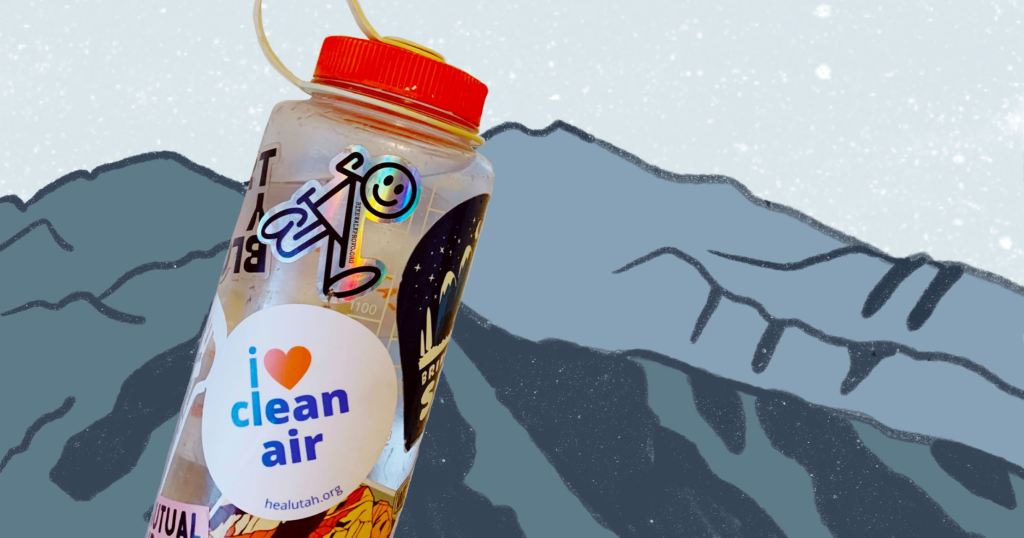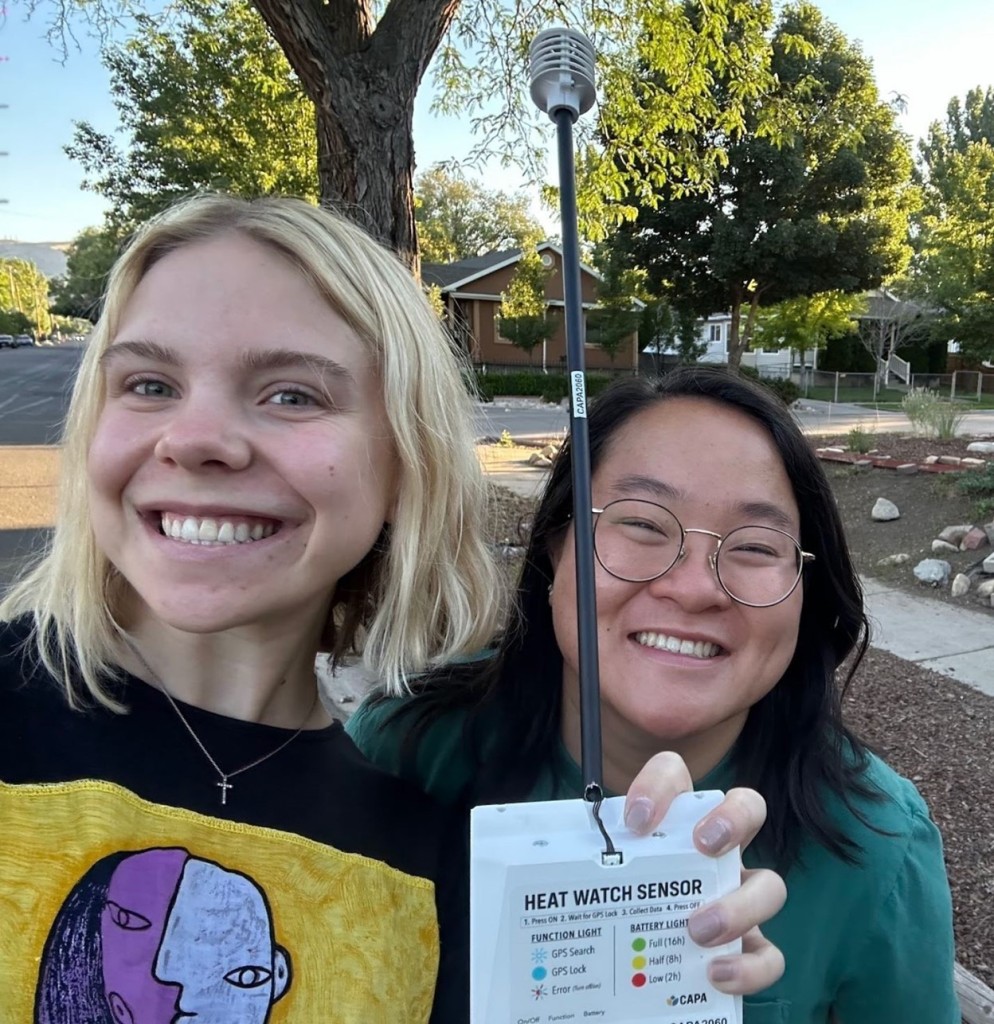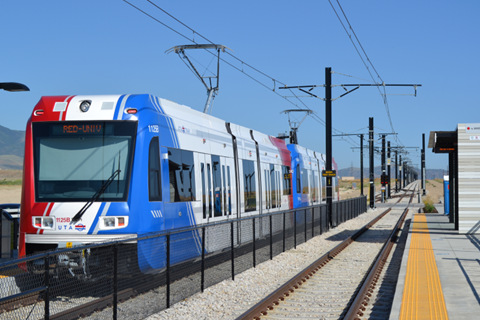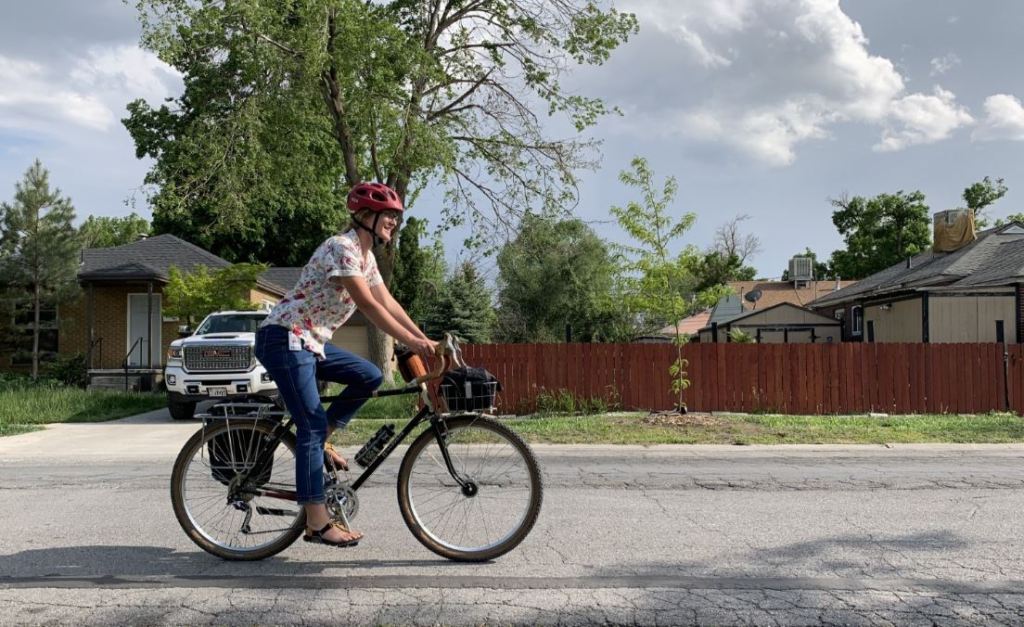Help Us Set our Climate Priorities: Take the SL-CLEAR Survey by February 11
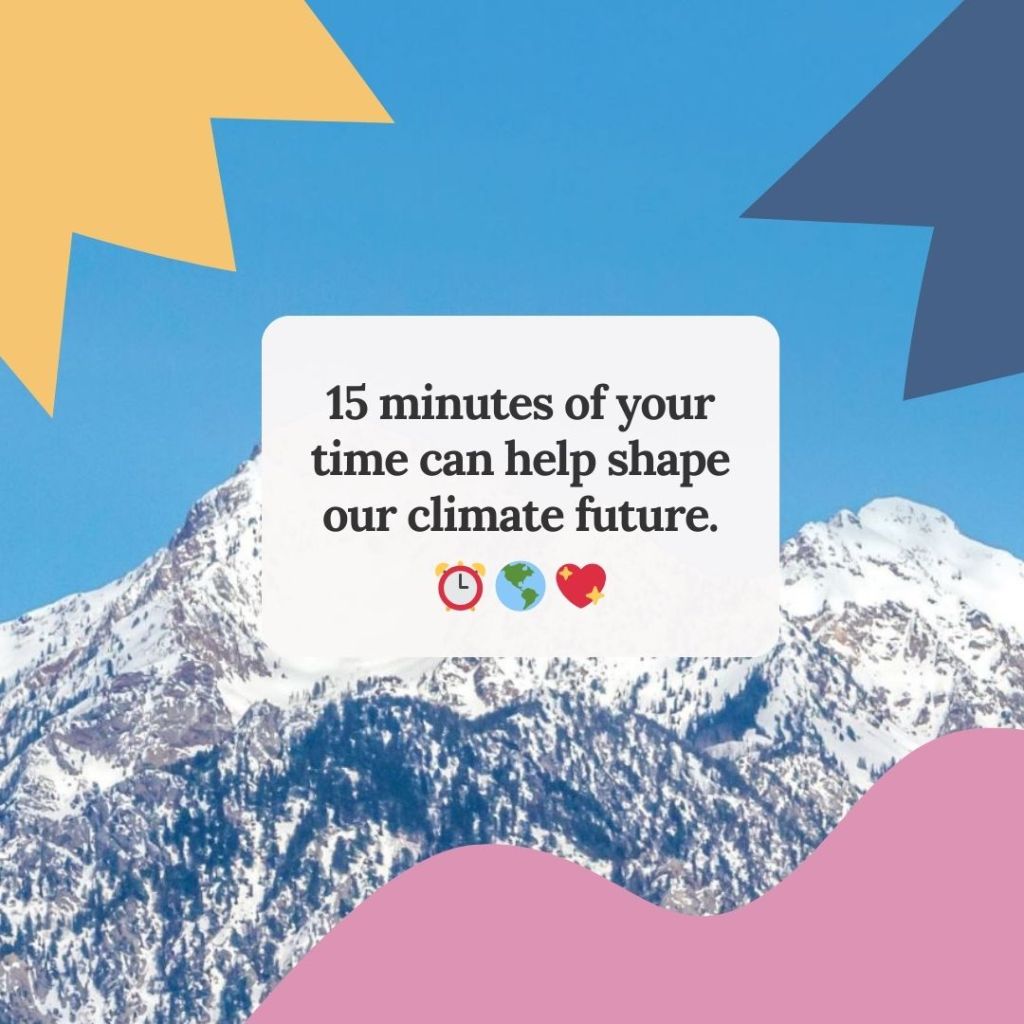
🌍 Tackling Climate Change: A Race We Can Win Together! 🏃♀️🏃♂️
Mitigating climate change is both a sprint and a marathon. The challenge? We need to cut our emissions and local air pollution drastically in the near term while investing in projects that can have sustained impact over time. The good news? The Biden Administration’s Inflation Reduction Act has provided billions of dollars in federal funding to support climate action. If we make a compelling emissions reduction plan, we can apply for implementation funds to execute.
Read more

